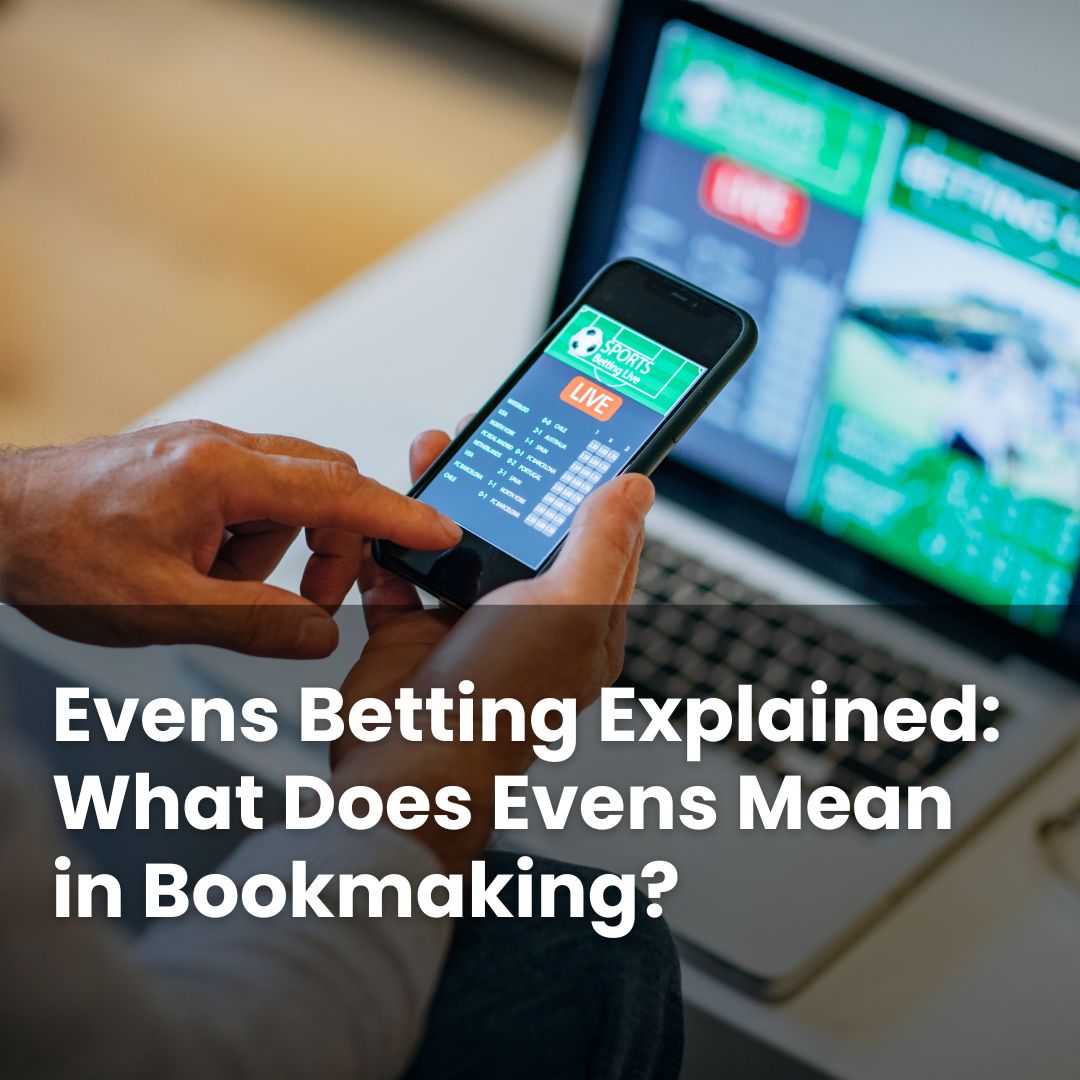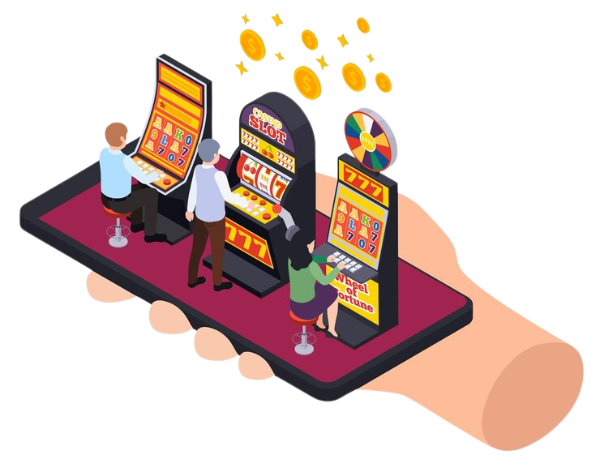If you have come across the term “evens” while looking at betting odds, you might be wondering what it actually means and how it can affect any potential returns.
Understanding the odds is a big step towards making informed choices. This guide explains what “evens” means, how it can be used by bookmakers, and what it tells you about a bet.
You will find clear examples, so you can recognise even money odds with more confidence and see where they fit within sports markets.
What Does Evens Mean in Betting?
In betting, “evens” means even money. If you place a bet and it wins, you receive the same amount as your stake in profit, plus your original stake back.
Bookmakers show evens as 1/1 in fractional odds or 2.0 in decimal odds. So, a successful £10 bet at evens returns £20 in total, made up of £10 profit and your £10 stake.
Evens can appear across many sports and markets. In probability terms, evens signals an implied 50% chance, although bookmakers build in a margin, so the true chance is usually lower.
With that basic idea in place, it can help to see how evens works in everyday betting markets.
How Evens Odds Work in Sports Betting
Evens tells you the potential return is equal to the stake in profit, with the stake also returned. The figures are straightforward, which makes evens a useful reference point when comparing prices.
This notation works the same way across all markets, whether the odds are displayed in fractional format, such as 1/1, or in decimal format, like 2.0. A small bet on a tennis player or on a match market with even odds will calculate potential returns using the same principles.
In UK betting, prices reflect a view of how likely something is to happen. As noted earlier, evens sits around the midpoint of implied probability, but the final price also includes the bookmaker’s margin, so the actual chance may be below 50%.
Sports are uncertain, and no outcome can be guaranteed.
Discover The Best Online Casinos
Browse our list of top-recommended casino sites, read reviews from real players & be the first to get access to the latest casino bonuses
When Are Evens Odds Most Common?
Evens often appear in two-way markets, where there are only two outcomes and each is seen as a similar possibility. Common examples include head-to-head tennis matches or totals markets, such as over or under a goals line in football.
You may also see evens in horse racing if a runner is considered a strong contender without being a standout in the field. It is a price that suggests the market views the horse as competitive, but not dominant.
Prices move as information changes, for instance when team news breaks or betting interest shifts. That is why an outcome might be evens one day and move shorter or longer by the start time. Seeing evens can be helpful on its own, but it can become clearer once you set it alongside odds-on and odds-against.
Evens vs Odds-On and Odds-Against: What’s the Difference?
In betting, you will see three common price positions: evens, odds-on, and odds-against. Each signals how your potential profit compares to your stake.
- Evens means your potential profit equals your stake. A £10 bet at evens returns £20 in total, £10 profit plus your £10 stake, if it wins.
- Odds-on means the price is shorter than evens, for example 4/5 or 1/2. A successful £10 bet at 1/2 returns £15 in total, £5 profit plus your £10 stake. This indicates the outcome is rated more likely.
- Odds-against means the price is bigger than evens, such as 2/1 or 5/2. A £10 bet at 2/1 could return £30 in total, £20 profit plus your £10 stake. This suggests the outcome is rated less likely.
Knowing where a price sits can help you gauge both potential returns and the bookmaker’s view of probability.
Why Do Bookmakers Offer Evens Odds?
Bookmakers use evens when they assess an outcome as roughly as likely to happen as not. This is common when two teams or players appear evenly matched, or when a market is finely balanced.
They also aim to balance their book, which is the spread of money on each side of an outcome. Offering evens can help draw interest to both sides, so liabilities remain manageable.
Bookmakers include a margin, often called the overround, within their prices. This is how they expect to make a profit over time across all customers’ bets. Prices can also respond to external factors, such as injuries, form, or weight of money, which is why the same market might be priced differently by different firms.
Examples of Evens Bets in Football and Horse Racing
Evens is common in football markets that naturally split opinion. For example, “both teams to score” can be priced at or near evens when each side is expected to create chances. You might also see evens on a team to win if the match is viewed as close, perhaps when a mid-table side hosts a similar opponent.
In horse racing, a horse at evens is considered a leading player without being a clear standout. A £10 win bet at 1/1 could return £20 if it finishes first, £10 profit plus your £10 stake. In competitive handicaps, evens is less common because fields are more evenly spread, while in small fields or novice races it tends to appear more often.
Always set sensible limits and only bet what you can afford to lose. If you feel your gambling is becoming harmful, consider speaking to someone you trust or seeking professional support. Understanding evens is a simple way to read a market, compare prices, and make more informed choices. Always gamble responsibly.





